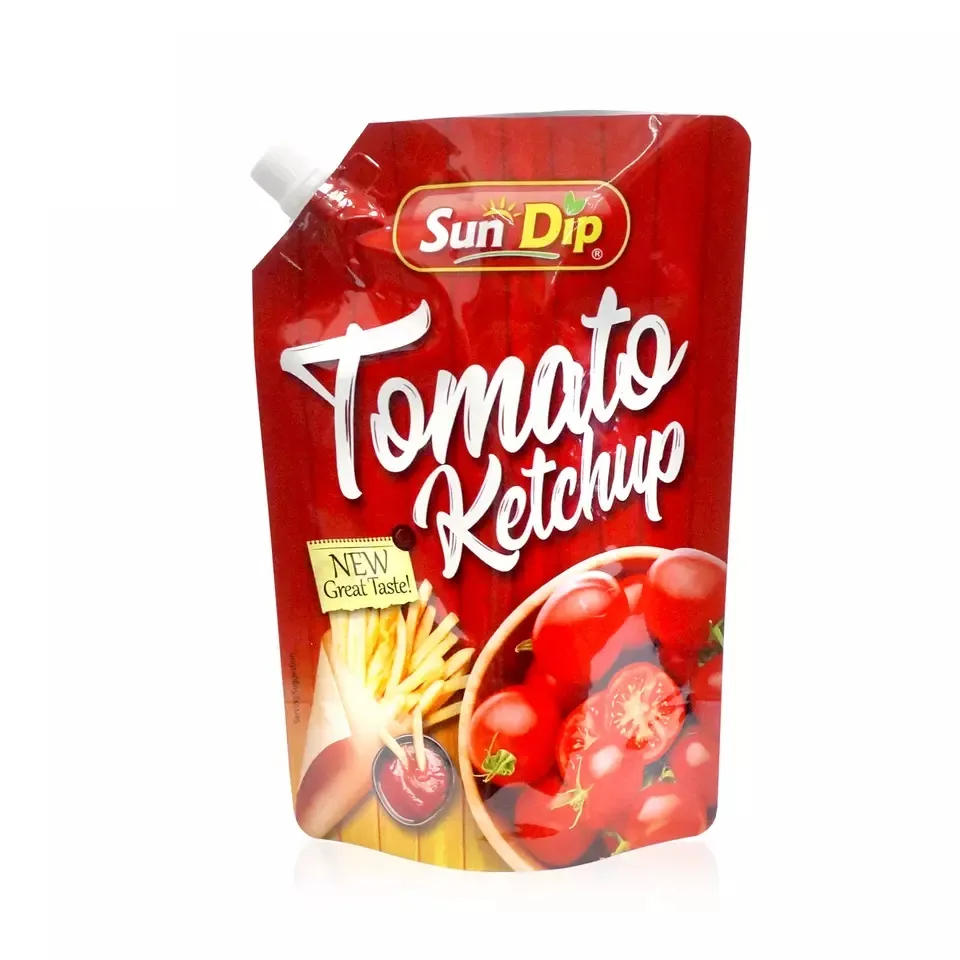embossed debossed
Embossed vs. Debossed A Deep Dive into Texture and Design
In the world of design, the subtleties of texture can make all the difference in how a product or material is perceived. Two popular techniques used to create tactile and visual interest in various applications are embossing and debossing. Both methods involve altering the surface of a material, but they do so in opposite ways, leading to stunning results that can enhance branding, packaging, and other design elements.
Understanding Embossing
Embossing is a technique that involves raising a design or text above the surface of a material. This is achieved by using a metal die that is heated and pressed onto the material, creating a three-dimensional design that stands out. Embossed designs can be found on everything from business cards and letterhead to packaging and book covers. The raised effect not only attracts the eye but also adds a tactile element that invites touch, making it an effective way to draw attention to a brand or message.
The advantages of embossing are substantial. Firstly, it makes designs more visually dynamic, capturing interest in a way flat designs cannot. Secondly, it can convey a sense of luxury and quality. Many high-end products incorporate embossing to signify status and sophistication. Furthermore, embossed elements can enhance a brand’s identity, making logos more recognizable and memorable.
There are various styles of embossing, including blind embossing (where no ink or foil is used) and foil embossing (which utilizes metallic foil for added color and shine). Each approach offers unique aesthetic qualities, allowing designers to choose the option that best suits their vision.
Exploring Debossing
On the flip side, debossing involves pushing a design or text into the material, resulting in an indented appearance. Like embossing, debossing employs a heated metal die, but instead of raising the surface, the pressure causes the material to sink inwards. This technique is popular in various applications, including leather goods, books, and packaging, especially when a subtle, sophisticated touch is desired.
embossed debossed

Debossing has a distinct appeal of its own. It often conveys a sense of understated elegance. The recessed design creates shadows and highlights, allowing for a nuanced play of light that can enhance the overall aesthetic. Additionally, debossed elements can be more tactile than embossed ones, giving users a sense of engagement when they run their fingers across the surface.
One significant advantage of debossing is its adaptability. It often works well with more intricate designs, allowing for fine details to be captured in the material. Moreover, debossing can be combined with other techniques, such as coloring or printing, to create a more complex visual experience.
Choosing Between Embossing and Debossing
When deciding between embossing and debossing, designers must consider the specific goals of their project. If the aim is to create a bold, eye-catching statement, embossing might be the way to go. It’s perfect for designs that require visibility and impact. On the other hand, if the objective is to create a subtle, refined look, debossing can offer that desired sophistication while maintaining simplicity.
Consideration of the material in question is also essential. Certain materials lend themselves better to one technique over the other. For example, thicker materials may hold embossed designs more effectively, while softer materials could respond better to debossing.
Brands looking to incorporate either technique into their packaging or branding should also think about their overall message. Embossing may communicate luxury, while debossing can convey professionalism and quality. Ultimately, the choice should align with the brand’s identity and target audience.
Conclusion
Both embossing and debossing hold incredible potential in the realm of design, each offering unique advantages and aesthetic qualities. By understanding the differences between these two techniques and knowing when to apply each, designers can enhance their projects, creating memorable and impactful experiences for their audience. As tactile elements become more valued in our increasingly digital world, the importance of these methods will likely continue to grow, making embossed and debossed designs essential tools for any designer's repertoire.













